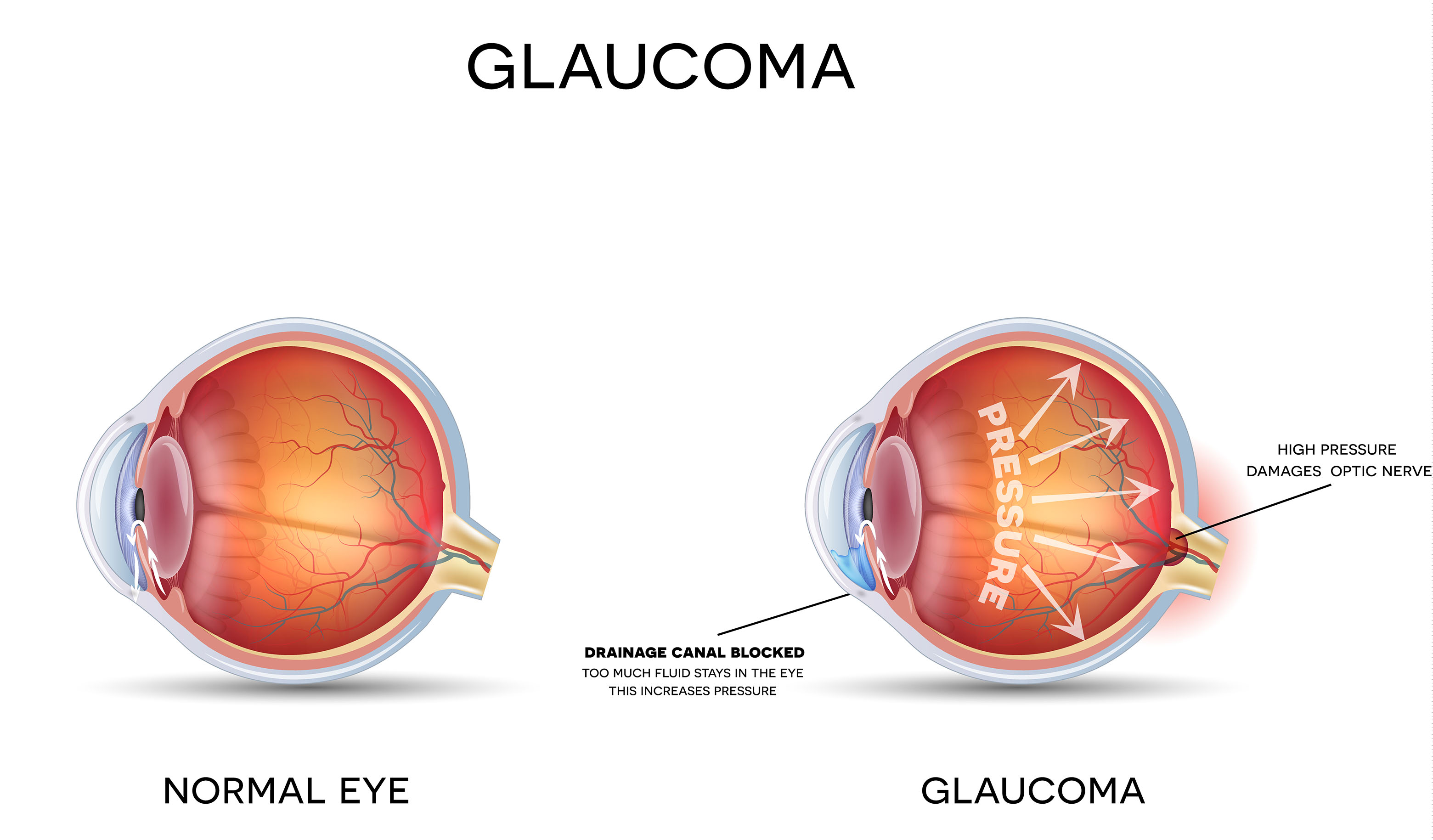Did you know that glaucoma is one of the major contributors to blindness in India?
What is Glaucoma?
Glaucoma is a condition that affects the optic nerve. Damage to optic nerve is caused due to pressure and stress. When fluids get deposited in the front part of the eye, they tend to impose pressure on the optic nerve and cause glaucoma. Glaucoma and diabetes are closely related. People with diabetes are prone to primary open-angle glaucoma. Though glaucoma causes blindness, early treatment can prevent it.
Sight is the result of light coming from objects. Light enters the eye through cornea and lens. It hits the retina and there they are converted into electrical impulses. These electrical impulses are passed on to the brain by the optic nerve. Considering the significance of optic nerve in the process of vision, any damage to optic nerve is bound to affect vision.
Types of Glaucoma
- Primary Open-angle Glaucoma
- Angle-closure Glaucoma
Risk factors for Glaucoma
- Internal eye pressure changes.
- Increased age.
- Family history and race.
- Reduced corneal thickness.
- Nearsightedness/Farsightedness.
- History of eye disease.
- Certain medications like long term use of corticosteroids.
- Thyroid disease.
- People with a history of heart disease and high blood pressure.
Symptoms of Glaucoma
- Extreme eye pain.
- Vomiting and nausea.
- Blurred vision.
- Haloes in vision.
- Excessive tearing.
Link between Glaucoma and Diabetes
People with type 2 diabetes are twice as likely to get primary open-angle glaucoma than non-diabetic people. High blood sugar levels lead to toxic levels of sorbitol (a sugar alcohol) in the cells of eyes causing inner walls of small blood vessels to get damaged. This leads to loss of capacity to dilate. Moreover, cells of the eye do not get nutrients and oxygen due to diabetes. Without proper supply of oxygen and nutrients, nerves and cells tend to die gradually. Over a period of time, it leads to many diabetes complications and glaucoma.
Death of old blood vessels in the eye leads to birth of new and fragile blood vessels that can leak protein and fluids into the eye. This process is known as neovascularization. This leads to a condition called neovascular glaucoma.
Risk factors in people with diabetes include
- Insulin resistance
- Age of diabetes
- High fasting blood glucose levels. People with high fasting blood glucose levels tend to have higher intraocular pressures (internal eye pressure)
Recent research regarding the connection between glaucoma and diabetes suggests that glaucoma might be diabetes of the brain. This is because of degeneration of the nerves, especially retinal ganglion cells (a type of neuron).
Prevention of Glaucoma
- Frequent eye examinations as it is initially symptom-free.
- If diagnosed with high intraocular pressure, take medications to reduce pressure.
- Get laser iridotomy as per doctor’s suggestion in case of having a family history of glaucoma.
- Maintain a healthy weight.
- Treat thyroid disorders on time.
- Avoid long term use of corticosteroids.
- Quit smoking.
- Maintain blood sugar control, especially fasting glucose levels.











